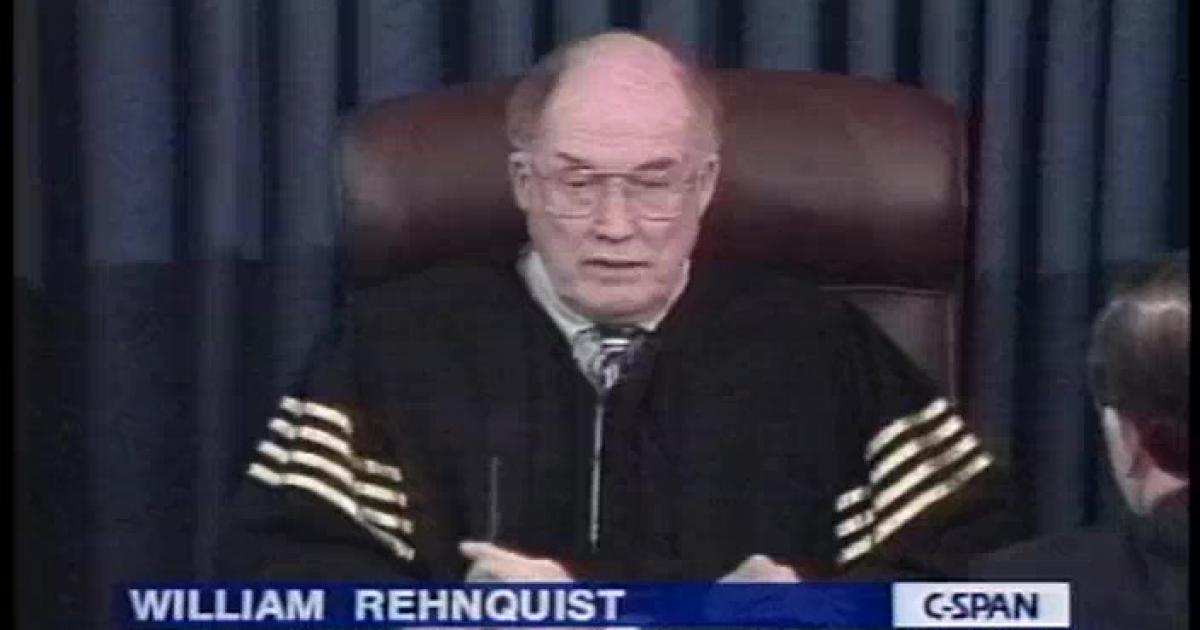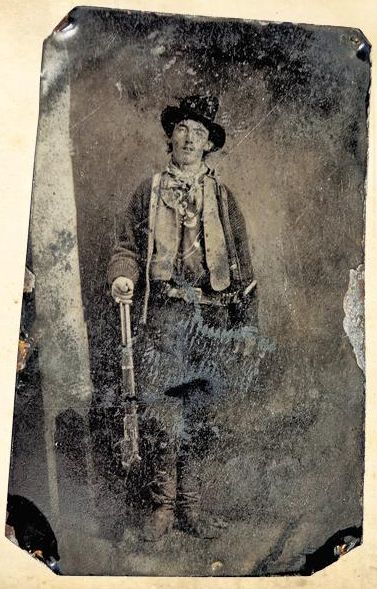January 2018
Pamplona, Spain, is known for its annual encierro, or running of the bulls, as famously portrayed in Ernest Hemingway’s 1926 novel, The Sun Also Rises. This Tuesday Denver will be the site of a somewhat similar spectacle: 30 longhorn cattle—followed by 100 sheep, driven by trained stock dogs—will barrel through the downtown streets of the Mile High City. And that’s just a small part of the kickoff for the 100th anniversary celebration of Denver’s massive National Western Stock Show, which begins tonight.
The 16-day show is the world’s largest exhibition of seedstock, the elite cattle used for breeding. And in addition to hosting 20 different breeds of cattle in its sprawling stockyards, it is also home to the world’s second-largest horse show—as well as a showcase for sheep, pigs, poultry, rabbits, goats, llamas, bison, and even yak. More than 12,000 entries from exhibitors from all over the world are converging on the 95-acre site.

Two decades ago, Americans were treated to a bizarre and dispiriting television spectacle when Chief Justice William Rehnquist convened a special session of the United States Senate. Decked out in his trademark black robes, with four gold-braid stripes sewed into each sleeve—a nod to the Gilbert and Sullivan operetta Iolanthe, which premiered in London in 1882—Rehnquist became only the second chief justice in American history to impanel the Senate as a jury in a presidential impeachment trial.
In May 1775, the Reverend Jonathan Boucher, rowing across the Potomac, met George Washington rowing in the other direction on his way to the Continental Congress. The two conversed briefly on the fate of the colonies, and Boucher asked Washington if he supported independence. “Independence, sir?” Washington replied. “If you ever hear of my joining in any such measure you have my leave to set me down for everything wicked.” Even when he took command of the army in July, Washington later admitted, he “abhorred the idea of independence.” So what changed his mind? By his own admission, it was more than anything else the 47-page pamphlet Common Sense, written by a little-known Englishman named Thomas Paine and published January 10, 1776.

It took just two minutes and thirty seconds. In June 2011, close to 500 people attended a public auction in Denver, Colorado, to witness an iconic tintype go on the block. The auction house had published a presale estimate of $300,000–$400,000, a jaw-dropping price for any historic photograph.
IN FEBRUARY 28, 1848, President James K. Polk received a visit from Ambrose Sevier of Arkansas, chairman of the Senate Foreign Relations Committee, bearing bad news. His committee had just voted to recommend that the full Senate reject a peace treaty that had been painstakingly negotiated between the United States and Mexico.
The news struck Polk hard. Senate ratification would bring an end to a war that had dragged on for two years, cost the country nearly 14,000 lives, generated much venomous recrimination, and sapped Polk's own political standing and that of his Democratic Party. Rejection would mean more bloodshed in Mexico and more bitterness at home, not to mention the dreaded possibility that the United States would have to end the war by conquering more territory and subduing even more Mexican citizens.
Polk was particularly stung when he heard that the committee wanted him to send a proper delegation to Mexico to negotiate a treaty much like the one now before the Senate. The terms of the treaty weren't the problem; it was that it had been negotiated by Nicholas Trist after he had been dismissed from his diplomatic post by Polk.
